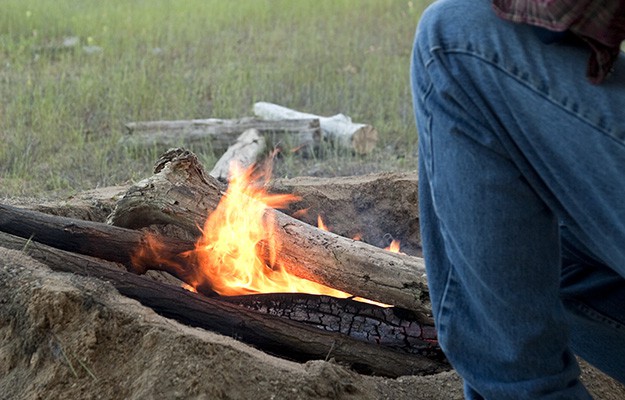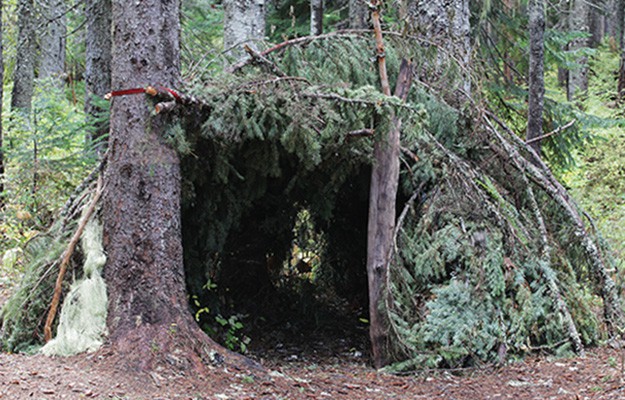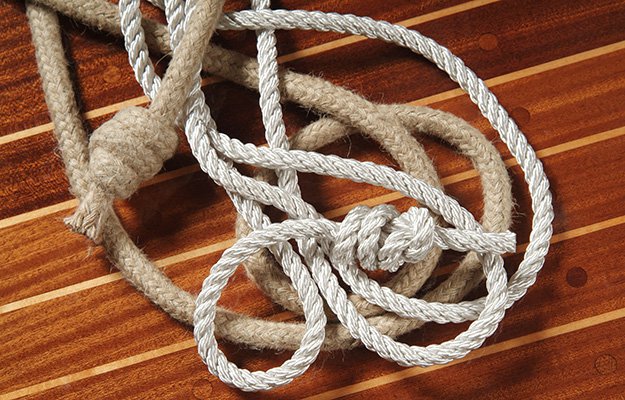Preparedness
The Two Most Important Survival Tools – Skills

Would you like the best two survival tools out there?
If we tell you what they are, would you like to consider buying them?
You can't.
Two Most Essential Survival Tools – Skills:
Practice and Common Sense
I routinely practice the survival skills that I have acquired over the years. Common sense tells me that in a survival situation you will need more than the high-tech gear sold in the stores.
How many of you routinely practice your survival skills?
Most of us can get a fire going in perfect conditions. What happens when it is not quite so perfect out?
What if the wind had been blowing and it has been raining nonstop for days? Could you get a fire going? How well would you survive?
Practice and simulate
In a controlled environment, you can simulate harsh conditions, practice making fires, and test your gear. In your backyard, you can turn on the sprinkler and set up your shelter.
Now try to light a fire with wood that has been under the sprinkler. Try some of the other skills such as making traps or setting traps.
Can you do this?
Are you soaked through? Is your gear wet? Have you lost your patience? Do this again in the fall when it is a little colder and ice is forming in puddles. How was it different than when it was warm out? Were you able to get your shelter up?
Did you get a fire? How much longer did it take you? Did you injure yourself? Do you want to quit at the present time? How do you feel about your survival skills and abilities at present? Where are your weaknesses? What about your gears' strengths and weakness'?
Practicing in moist conditions is one thing. Chilly and soaking is something else. If you are like me, it probably took you longer to set up a shelter in the cold and wet.
Trying to get a fire going would have taken even longer. My common sense told me that it was best to get a fire going first in the cold and wet and then put up the shelter. Once I got my fire going, I could go back and warm up while putting up the shelter.
While practicing cold and wet environment did you notice if your clothes were going to do the job in a real situation? What can you change with them to make you more comfortable?
One of the things I have found out from years of living in Alaska is to get the cotton layer away from your skin. Cotton holds moisture. If you have a layer of cotton next to your skin, it will soon feel clammy.
Shortly after activity slows down you will become chilled setting you up for another harsh reality. Hypothermia can happen at 70* Hypothermia when cold and wet can happen even faster. A layer of silk or synthetic base layer will keep you much more comfortable. Prevention is the common sense lesson here.
What about your first aid skills and kit?
Is it adequate to do the job? How did an injury affect your setting up camp? How will this injury affect the way you go about other survival skills? Were you able to use your first-aid kit in the cold and wet?
Many finger injuries can limit dexterity needed to make trap parts, carve fuzz sticks, or even set up a shelter or light a fire. Practice and common sense can help prevent these injuries from happening.
What else did you notice about your skill set while practicing?
Is your gear adequate for the survival life? Are you prepared to bet your life on your equipment and skill set? That's exactly what you are doing In a survival situation.
If you practice these skills in a cold, wet, regulated environment you will notice that when you use these skills in a less monitored environment, your common sense will be clearer. You won't feel panicked.
Getting fire, shelter, water, and food will become much easier. Hopefully, injuries will be less or nonexistent.
You will always have these survival tools with you
Practice and common sense, the two most valuable survival tools I own. You can't buy them nor put a price on them. You can always take them with you though.
Without them, survival can become a life-or-death experience. Without them, survival becomes a very harsh reality. How do you want to survive?
12 Tools You Need to Survive
The Tomahawk as a Tool for Wilderness Survival and Camping
Pucker Up for This Surprisingly Useful Survival Tool
-

 Paracord Projects1 year ago
Paracord Projects1 year agoParacord Projects | 36 Cool Paracord Ideas For Your Paracord Survival Projects
-

 Paracord Projects1 year ago
Paracord Projects1 year agoHow To Make Paracord Survival Bracelets | DIY Survival Prepping
-

 Medical Care1 year ago
Medical Care1 year ago21 Home Remedies For Toothache Pain Relief
-

 Knife Laws1 year ago
Knife Laws1 year agoAre Switchblades Legal? Knife Laws By State
-

 Do It Yourself2 years ago
Do It Yourself2 years agoSurvival DIY: How To Melt Aluminum Cans For Casting
















Pingback: The Two Most Important Survival Tools – Skills - The Good Survivalist | The Good Survivalist
Joseph Stallings
March 8, 2014 at 1:36 PM
Have been using survival skills in the wilderness for 40 years but am still learning new skills from you guys. Keep up the good work and thanks.
Pingback: Survival Skills For Kids | Family Survival Guide - Survival Life | Preppers | Survival Gear | Blog
Pingback: The Psychology of Survival - Why Your Mind Matters Most - Survival Life | Preppers | Survival Gear | Blog - Survival Life | Preppers | Survival Gear | Blog
Lisa
December 31, 2014 at 9:29 AM
My boyfriend and I did set out to try out our little camp stoves in 2 different seasons. We carried our gear into Glacial Park in Ringwood IL. One windy spring day, and a bitter cold winter day. We found a small berm to use as a wind block and tried to light a small fuel tab to heat up a camp cup of hot cocoa. Sounds easy, but even while trying to block the breeze we both had to try several times to light up that fuel tab, but we succeeded in making that cup. I learned alot-for example: pack LAST the tools you’ll need first! It saves alot of time repacking your pack especially when time is short because your fingers are numb.
Pingback: Blacksmithing: Useful Hobby and Survival Skill | I Am Getting Prepared
Pingback: The Five Tool Rule | Survival Life
Pingback: Survival Life's Ultimate List Of Survival Hacks And Skills
Pingback: Important Survival Tools | Survival Life - Survive In Nature